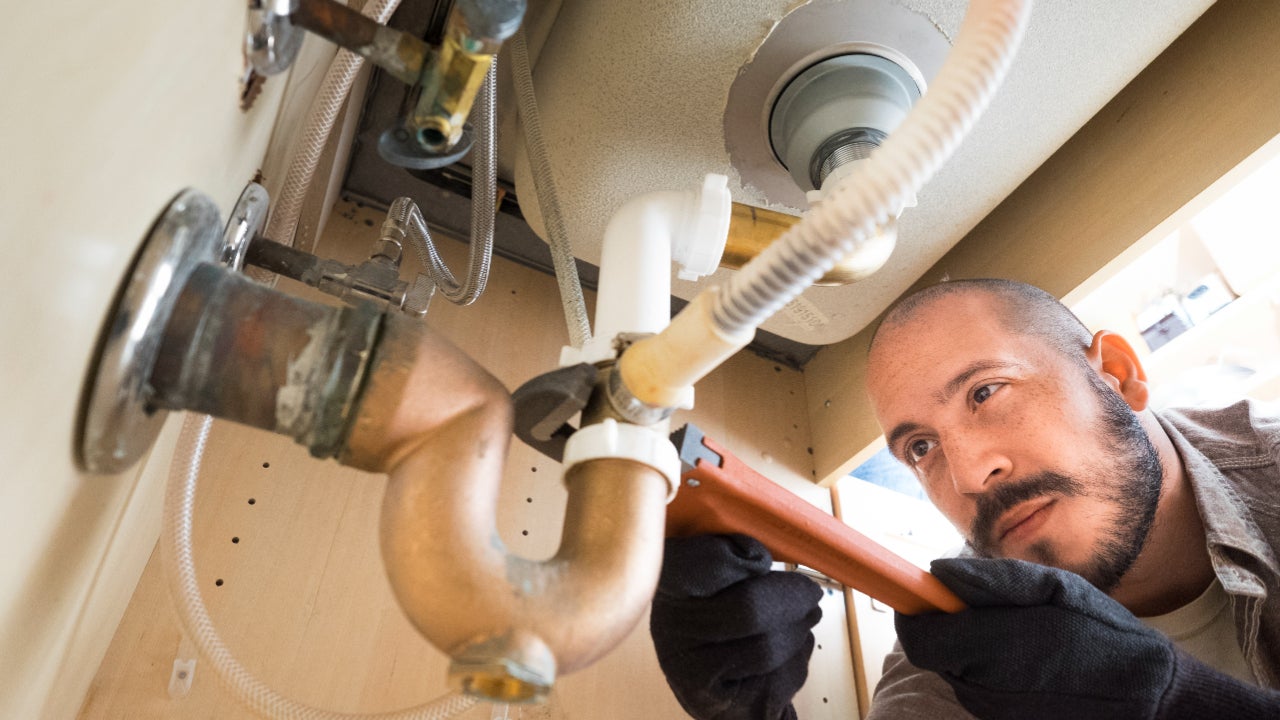Direct deposit loans: 5 alternative loans with fast funding times

Key takeaways
- Direct deposit loans are a type of loan that gives you quick access to cash that is deposited directly into your bank account.
- Personal loans are a better alternative to direct deposit loans, offering lower rates and longer repayment terms.
- Other alternatives to direct deposit loans include payday alternative loans, early payday apps, salary advances and cash advances on credit cards.
- Carefully consider all direct deposit loan alternatives to choose one that will improve, not worsen, your financial situation.
Direct deposit loans cater to borrowers with past credit issues experiencing financial hardship. These debt products are typically deposited into your bank account the same or next business day, making them a convenient option if you need fast cash.
Still, there are drawbacks to consider. Direct deposit loans often come with very high interest rates, meaning the cost of borrowing is higher than alternatives. So, you should avoid these loans if possible.
A direct deposit loan is a type of payday loan that allows you to receive funds directly into your bank account after approval. Lenders typically only need to verify the direct deposit of your paycheck for approval, but annual percentage rates (APRs) can be well over 100 or even 600 percent.
The 5 best alternatives to payday direct deposit loans
1. Personal loans
A personal loan is a direct deposit loan option that typically gives you one to seven years to pay the money you borrow. Bad credit personal loan rates generally cap out at 35.99 percent. That’s far less than the triple-digit rates you’ll pay with a payday loan.
Funds can be directly deposited on the same day you apply with some lenders. You’ll need to borrow at least $1,000 in most cases, so keep that in mind if you decide to get a personal loan.
The Bankrate team has reviewed a number of personal loan lenders, including those with very flexible eligibility requirements and those that offer loan terms of seven years. Keep in mind that the lowest interest rates go to excellent credit borrowers.
| Lender | Est. APR | Loan term | Loan amount | Minimum credit score |
|---|---|---|---|---|
| Upstart | 6.70%-35.99% | 3 - 5 years | $1,000–$50,000 | No Requirement |
| OneMain Financial | 18.00%-35.99% | 2 - 5 years | $1,500–$20,000 | Not specified |
| Upgrade | 7.99%-35.99% (with autopay) | 2 - 7 years | $1,000–$50,000 | 580 |
| Best Egg | 6.99%-35.99% | 3 - 5 years | $2,000–$50,000 | 600 |
| Avant | 9.95%-35.99% | 2 - 5 years | $2,000–$35,000 | 550 |
| LendingPoint | 7.99%-35.99% | 2 - 6 years | $1,000–$36,500 | 600 |
2. Payday alternative loans
Borrowers who don’t quite qualify for standard personal loans may have better luck with a payday alternative loan. This type of direct deposit loan still comes with triple-digit APRs, but they’re often less than what you’d pay for a payday loan.
The best part is that repayment terms are typically measured in months, not weeks. This removes the pressure of paying off the loan by your next payday and gives you more time to work out your finances.
These products often don’t require a minimum credit score and are approved based on your income and banking history, much like payday loans. Funds are usually delivered to your bank account within one business day of approval.
Most lenders that offer these types of loans don’t charge prepayment penalties, which means you can pay your high-rate balance off faster without an additional fee. Some of the payday alternative loans Bankrate has reviewed offer loans under $500, which makes them good for smaller emergency costs — especially if you can pay them off ahead of schedule.
| Lender | Loan amount range | Est. APR | Loan term |
|---|---|---|---|
| OppLoans | $500–$4,000 | 160.00%-195.00% | 9–18 months |
| Personify | $500–$15,000 | 36.00%-179.50% | 12–48 months |
| Rise | $300–$5,000 | 60.00%-299.00% | 4–36 months |
| Possible Finance | Up to $500 | 102.04%-265.08% | Up to 8 weeks |
3. Early payday apps and salary advances
Salary advances are types of loans that directly deposit part of your paycheck into your account. They typically apply to direct-deposited checks, and you might find them at banks and credit unions. It’s also common for employers to offer them to employees. Interest rates are often variable, and you pay interest on the amount you use. An employer might not charge interest or fees.
If you only need to borrow a small amount, there are also a number of early payday apps you can use. These apps allow you to have a portion of your paycheck direct deposited before your next period, and you pay it back when you get your paycheck.
Some apps even allow you to borrow up to $750 in between paychecks, nearly three times more than the average payday lender allows in some states. But you may be subject to cash delivery or subscription fees.
| Pay advance app | Maximum advance per pay period | Advance fees | Monthly subscription cost |
|---|---|---|---|
| EarnIn | $750 | $0 for standard Up to $5.99 for instant |
$0 |
| Brigit | $250 | $0 for standard Unspecified instant fee |
$8.99-$14.99 |
| Dave | $500 | 5% of each amount, up to $15, $5 minimum 1.5% express fee for debit deposit |
Up to $5 |
4. Cash advance on your credit card
You may be able to take a cash advance from the available balance on one of your credit cards. Check the fine print on your credit card disclosures to find out how much your rate will be. It’s typically higher than the rate you pay for normal charges. Plus, interest starts accruing immediately, rather than after a grace period.
While this may be an easy way to get some extra cash, it could knock your credit scores if you don’t pay the balance off before your next billing cycle. Your credit utilization ratio measures how much of your available credit you’re using, and if it exceeds 30 percent it may impact your credit score.
5. Nonprofit, community and government assistance
You may be able to get help paying for the bare essentials like food and utilities through programs offered by local nonprofits or community and local governments. The programs are designed to provide assistance to people in dire financial situations such as a sudden loss of income due to job loss or other emergency situations.
Pros and cons of direct deposit loans and alternatives
| Direct deposit loan or alternative | Pros | Cons |
|---|---|---|
| Direct deposit loans |
|
|
| Payday alternative loans |
|
|
| Early payday apps |
|
|
| Credit card cash advance |
|
|
| Salary advance |
|
|
| Nonprofit or government assistance |
|
|
Higher inflation often leads people with low wages living paycheck to paycheck to take out payday loans. As the cost of necessities like groceries and gas goes up, consumers may need cash to tide them over until the next pay day. It’s critical to know the alternatives to payday loans to avoid becoming trapped in a debt cycle.
Personal loan vs. direct deposit loan
If you’re still trying to choose between a payday loan or a personal loan, seeing the features side by side may make the decision easier.
| Loan feature | Direct deposit payday loan | Bad credit personal loan |
|---|---|---|
| Rates | Up to around 650% | Up to 35.99% |
| Loan amount minimum | $250 standard minimum | $1,000 at most lenders |
| Loan amount maximum | Up to $500 | Up to $100,000 |
| Loan term | On your next payday or two weeks | 1 to 7 years |
| Time to funds | As soon as the same day | As soon as the same day |
| Credit score | No minimum credit score requirement with most lenders | Credit score typically required, but may be as low as 550 |
Bottom line
If you need money quickly, direct deposit loans may seem convenient. However, direct deposit payday loans often have high interest rates and short repayment terms on unaffordable debt.
Fortunately, there are better alternatives — such as personal loans — with lower rates and longer repayment terms. You can start by checking personal loan rates.
Consider all your options before you choose any type of financing. Look for assistance from non-profit organizations or government programs if you cannot afford essentials.
Frequently asked questions
You may also like

Citizens Bank personal loans: Review these 2025 alternatives

What are instant loans? Everything you need to know

Best short-term loans with no prepayment penalty




